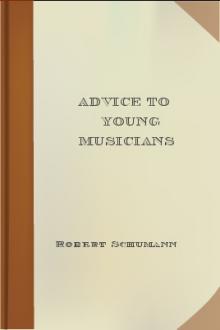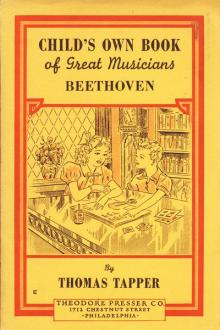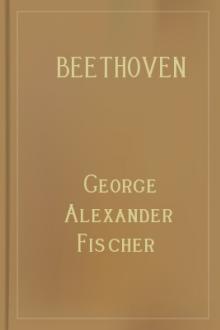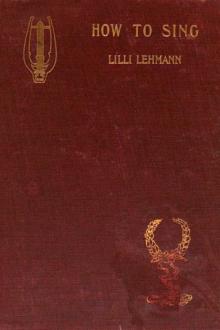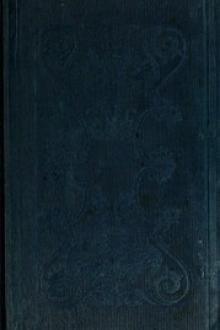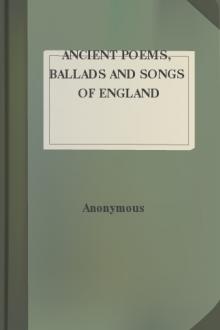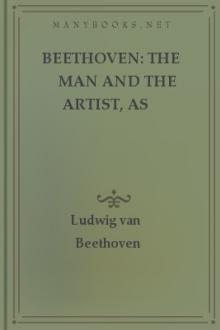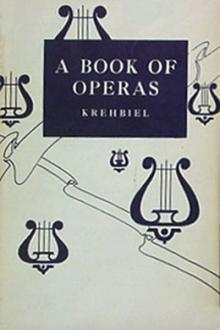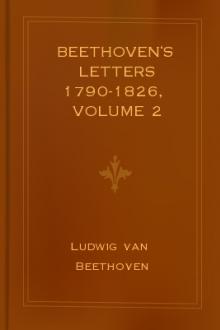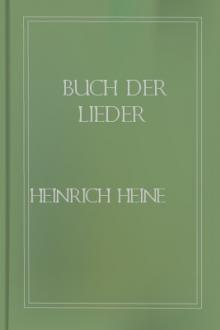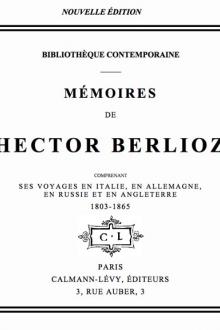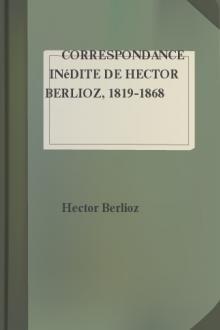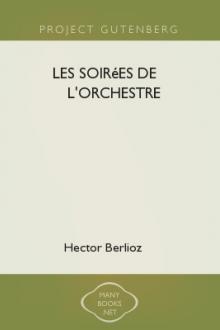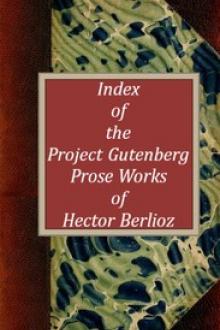The Orchestral Conductor
Book Excerpt
Example of seven in a bar:--
[Illustration]
These different times, in order to be divided in this way, are assumed to belong to movements of moderate measure. The advice would not hold good if their measure were either very quick or very slow.
The time, two in a bar, I have already signified, cannot be beaten otherwise than as we have before seen--whatever its degree of rapidity. But if, as an exception, it should be very slow, the conductor ought to subdivide it.
A very rapid four in a bar, on the contrary, should be beaten two in a bar; the four accustomed gestures of a moderate movement becoming then so hurried as to present nothing decided to the eye, and serving only to confuse the performer instead of giving him confidence. Moreover,--and this is of much more consequence,--the conductor, by uselessly making these four gestures in a quick movement, renders the pace of the rhythm awkward, and loses the freedom of gesture which a simple division of the time into its half
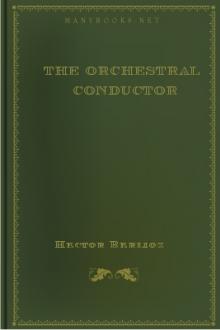
 Free Download
Free Download












